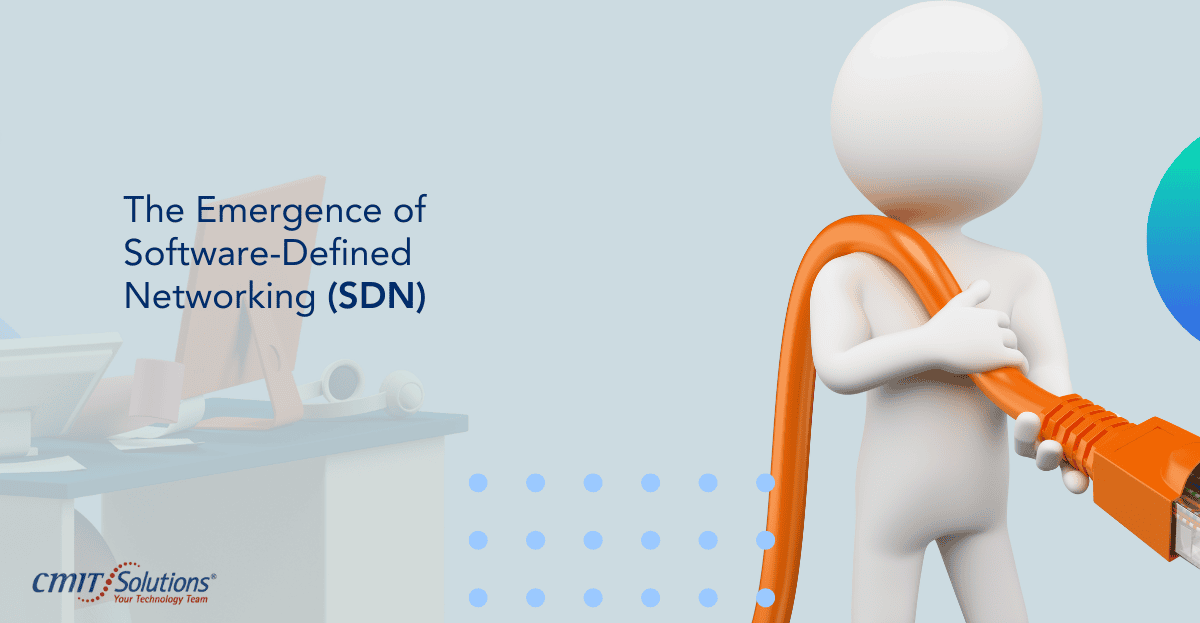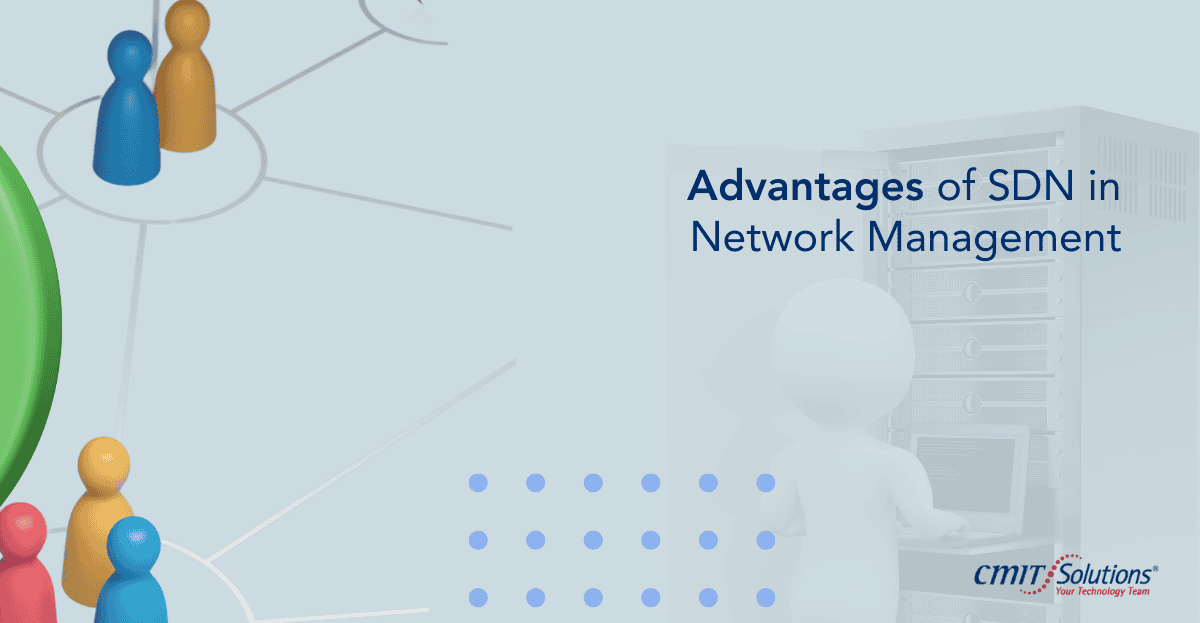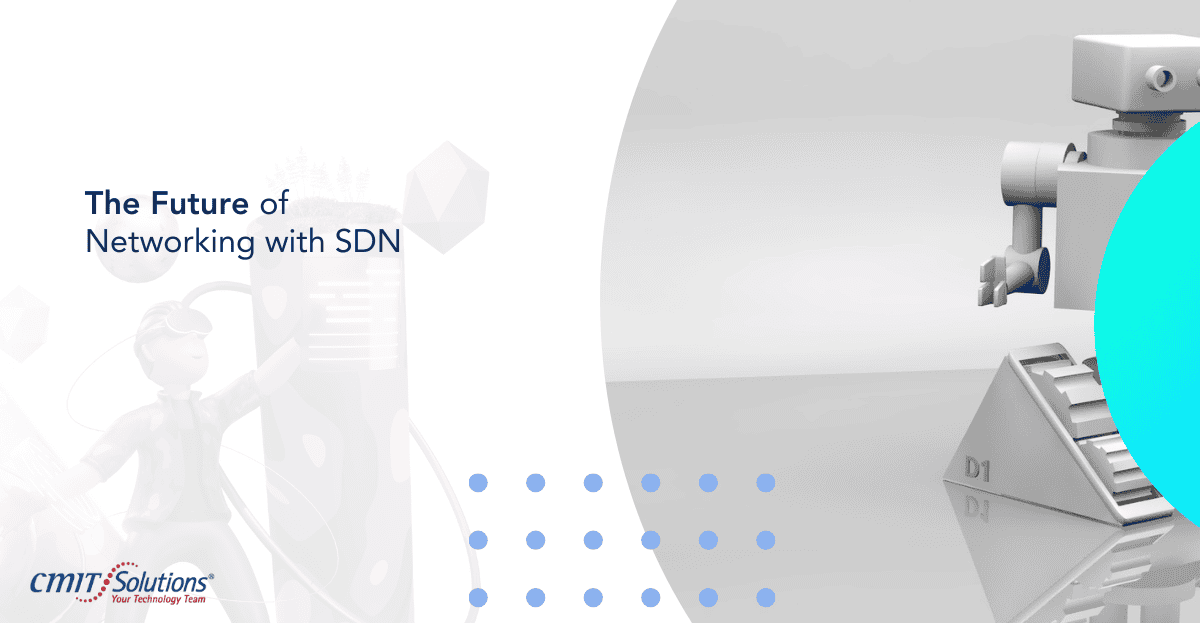Introduction:
In the fast-evolving landscape of information technology, the traditional approaches to networking are being challenged by the need for greater flexibility, scalability, and efficiency. This has led to the emergence of Software-Defined Networking (SDN) as a transformative paradigm shift in network architecture. In this blog post, we will delve into the fundamentals of SDN, its impact on modern networking, deployment scenarios, challenges in implementation, and its future trajectory.
Brief Overview of Traditional Network Architecture:
Traditional network architectures typically involve tightly integrated hardware devices responsible for both forwarding data packets and controlling network behavior. These architectures are often complex, rigid, and challenging to manage, especially in the face of dynamic computing environments and evolving business requirements.
The Emergence of Software-Defined Networking (SDN):
SDN represents a departure from the traditional networking model by decoupling the control plane from the data plane. This separation allows for centralized control and programmability of network infrastructure through software, leading to increased agility, flexibility, and automation.
The Impact of SDN on Modern Networking:
SDN has brought about significant changes in how networks are designed, deployed, and managed. By abstracting network control, SDN enables dynamic configuration and optimization of network resources, leading to improved performance, scalability, and cost-effectiveness.
The Principles of Software-Defined Networking:
Centralized Control and Management:
- SDN centralizes network control and management functions, allowing administrators to dynamically configure and optimize network behavior from a centralized controller. This enables more efficient resource utilization and rapid response to changing network conditions.
Abstraction of the Control Plane from the Data Plane:
- In SDN, the control plane, responsible for making forwarding decisions, is decoupled from the data plane, which handles packet forwarding. This separation allows for greater flexibility in defining network policies and services independently of underlying hardware.
Programmability of Network Resources:
- SDN introduces programmability to network infrastructure, enabling automation and orchestration of network services through software-defined interfaces. This programmability facilitates the implementation of custom network policies and the integration of networking with other IT systems.
Advantages of SDN in Network Management:
Enhanced Network Agility and Flexibility:
- By decoupling control from data forwarding, SDN enables rapid adaptation to changing network requirements and traffic patterns. This agility allows organizations to dynamically scale resources, optimize performance, and respond to security threats more effectively.
Simplified Network Configuration and Administration:
- SDN simplifies network management by providing a centralized controller interface for configuring and monitoring network devices. This reduces the complexity of network configuration tasks, minimizes human errors, and streamlines troubleshooting processes.
Improved Network Performance and Monitoring:
- With SDN, organizations gain granular visibility into network traffic and performance metrics, enabling proactive monitoring and troubleshooting. By dynamically adjusting network policies and traffic flows, SDN can optimize performance and ensure Quality of Service (QoS) for critical applications.
SDN Deployment Scenarios:
Data Centers and Cloud Services:
- SDN is well-suited for data center environments, where dynamic workload provisioning and resource optimization are essential. By virtualizing network functions and automating resource allocation, SDN helps streamline data center operations and improve scalability.
Enterprise Networking Environments:
- Enterprises can leverage SDN to simplify network management, enhance security, and support emerging technologies such as Internet of Things (IoT) and Bring Your Own Device (BYOD). SDN enables policy-based network segmentation, ensuring appropriate access controls and traffic prioritization.
Service Providers and Telecommunications:
- SDN enables service providers to deliver innovative network services more efficiently, accelerate time-to-market, and reduce operational costs. By centralizing network control and automation, SDN enables service providers to offer dynamic, on-demand services tailored to customer needs.
Challenges and Considerations in SDN Implementation:
Security Concerns in a Software-Defined Environment:
- SDN introduces new security challenges, such as the risk of centralized controller compromise and unauthorized access to network resources. Organizations must implement robust security measures, such as encryption, access control, and network segmentation, to mitigate these risks effectively.
Integration with Existing Network Infrastructure:
- Integrating SDN with legacy network infrastructure can be complex and challenging, requiring careful planning and implementation. Organizations must assess compatibility, migration strategies, and interoperability with existing networking technologies to ensure a seamless transition to SDN.
Skillset and Training Requirements for IT Personnel:
- SDN introduces new concepts and technologies that may require additional training and expertise for IT personnel. Organizations must invest in training programs and certifications to equip their teams with the skills needed to design, deploy, and manage SDN environments effectively.
The Future of Networking with SDN:
Predictions for SDN Advancements and Innovations:
- The future of SDN holds promise for further advancements in areas such as network automation, artificial intelligence (AI)-driven network optimization, and the convergence of networking with emerging technologies like edge computing and 5G.
The Role of SDN in the Evolution of the Internet of Things (IoT) and Edge Computing:
- SDN will play a crucial role in supporting the proliferation of IoT devices and edge computing applications by providing scalable, flexible, and programmable network infrastructure. SDN enables efficient data routing, low-latency communication, and dynamic resource allocation at the network edge.
Potential Impact on Network Design and Service Delivery:
- SDN will continue to drive innovation in network design, enabling organizations to create agile, adaptive networks that can rapidly respond to changing demands and requirements. As SDN matures, it will redefine how network services are delivered, moving towards a more automated, self-optimizing paradigm.
Conclusion:
In conclusion, SDN represents a fundamental shift in network architecture, offering unprecedented levels of agility, flexibility, and efficiency. By embracing SDN technologies, organizations can future-proof their network infrastructure, improve operational efficiency, and unlock new opportunities for innovation and growth. As SDN continues to evolve, organizations must stay informed, adapt to changing trends, and leverage SDN to stay ahead in today’s dynamic digital landscape.
CMIT Charleston is a leading provider of IT solutions and services, offering expertise in network architecture, cybersecurity, and technology consulting. With our deep understanding of SDN and its implications for modern businesses, we help organizations harness the power of SDN to drive digital transformation and achieve their strategic objectives. Contact us today to learn more about how SDN can transform your network architecture and propel your business forward.







